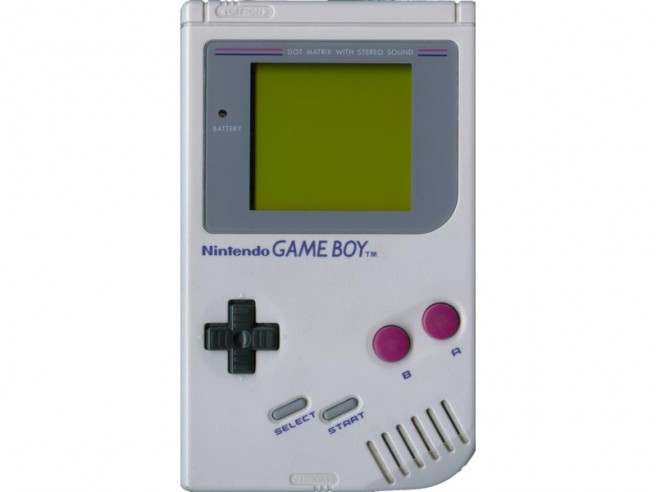A look back on the development of the Game Boy
German website Nintendo-Online published a new piece about the development of the Game Boy. It’s an interesting recap of how the system came together, which includes information about a partnership with Sharp and more.
Here’s a brief summary Nintendo-Online passed along:
– developed by the 40-man R&D1 team with Gunpei Yokoi handling the system’s design and Satoru Okada working on the hardware
– goal was to combine the concepts behind Game & Watch and NES
– system had to be small, technically on par with the NES and cheaper than the NES
– to archive this, the team had to use a black & white LCD display; a color screen would have increased the power consumption and thus made the system more expensive
– system was codenamed “Dot Matrix Game”, hence the console’s model no. starting with “DMG”
– Sharp was approached to manufacture the screens of the DMG because it already supplied the Game & Watch displays
– Sharp was unable to produce the screens at a price low enough for Nintendo so that development of the console reached a dead point
– R&D1 learned about the “Chip on Glass” technique which would make a cheap production possible and approached TV maker Citizen to produce the Game Boy’s screens using this technique
– in the end, Sharp was also able to use the CoG technique and was thus chosen to produce the screens and made a four billion yen investment for that
– the screens Sharp produced at the beginning were of a wrong type and were next to useless for the Game Boy project
– Yokoi remembers Hiroshi Yamauchi’s reaction on Game Boy prototype with wrong screen type: “What the hell is this? I can’t see a damn thing. What’re you thinking? No one’s gonna buy a game they can’t see. Forget it.”
– finally Sharp produced Super-Twisted Nematic displays with decreased motion blur effect
